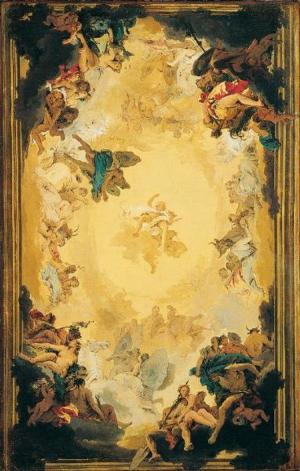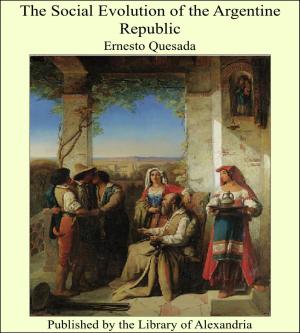| Author: | William Charles Henry Wood | ISBN: | 9781465566218 |
| Publisher: | Library of Alexandria | Publication: | March 8, 2015 |
| Imprint: | Language: | English |
| Author: | William Charles Henry Wood |
| ISBN: | 9781465566218 |
| Publisher: | Library of Alexandria |
| Publication: | March 8, 2015 |
| Imprint: | |
| Language: | English |
In the early spring of 1476 the Italian Giovanni Caboto, who, like Christopher Columbus, was a seafaring citizen of Genoa, transferred his allegiance to Venice. The Roman Empire had fallen a thousand years before. Rome now held temporal sway only over the States of the Church, which were weak in armed force, even when compared with the small republics, dukedoms, and principalities which lay north and south. But Papal Rome, as the head and heart of a spiritual empire, was still a world-power; and the disunited Italian states were first in the commercial enterprise of the age as well as in the glories of the Renaissance. North of the Papal domain, which cut the peninsula in two parts, stood three renowned Italian cities: Florence, the capital of Tuscany, leading the world in arts; Genoa, the home of Caboto and Columbus, teaching the world the science of navigation; and Venice, mistress of the great trade route between Europe and Asia, controlling the world's commerce. Thus, in becoming a citizen of Venice, Giovanni Caboto the Genoese was leaving the best home of scientific navigation for the best home of sea-borne trade. His very name was no bad credential. Surnames often come from nicknames; and for a Genoese to be called Il Caboto was as much as for an Arab of the Desert to be known to his people as The Horseman. Cabottággio now means no more than coasting trade. But before there was any real ocean commerce it referred to the regular sea-borne trade of the time; and Giovanni Caboto must have either upheld an exceptional family tradition or struck out an exceptional line for himself to have been known as John the Skipper among the many other expert skippers hailing from the port of Genoa.
In the early spring of 1476 the Italian Giovanni Caboto, who, like Christopher Columbus, was a seafaring citizen of Genoa, transferred his allegiance to Venice. The Roman Empire had fallen a thousand years before. Rome now held temporal sway only over the States of the Church, which were weak in armed force, even when compared with the small republics, dukedoms, and principalities which lay north and south. But Papal Rome, as the head and heart of a spiritual empire, was still a world-power; and the disunited Italian states were first in the commercial enterprise of the age as well as in the glories of the Renaissance. North of the Papal domain, which cut the peninsula in two parts, stood three renowned Italian cities: Florence, the capital of Tuscany, leading the world in arts; Genoa, the home of Caboto and Columbus, teaching the world the science of navigation; and Venice, mistress of the great trade route between Europe and Asia, controlling the world's commerce. Thus, in becoming a citizen of Venice, Giovanni Caboto the Genoese was leaving the best home of scientific navigation for the best home of sea-borne trade. His very name was no bad credential. Surnames often come from nicknames; and for a Genoese to be called Il Caboto was as much as for an Arab of the Desert to be known to his people as The Horseman. Cabottággio now means no more than coasting trade. But before there was any real ocean commerce it referred to the regular sea-borne trade of the time; and Giovanni Caboto must have either upheld an exceptional family tradition or struck out an exceptional line for himself to have been known as John the Skipper among the many other expert skippers hailing from the port of Genoa.















